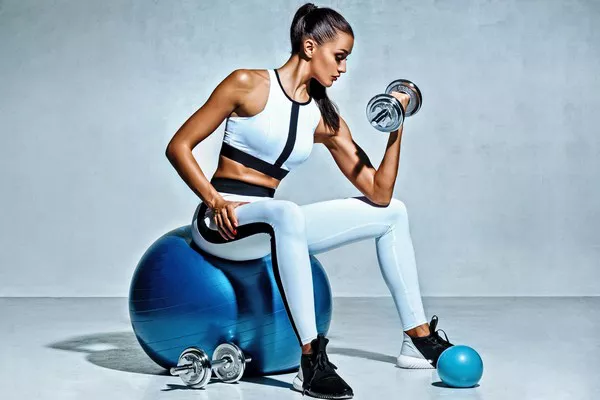Incorporating functional movement patterns into your workouts can translate into better, safer, and more efficient performance in everyday life. Whether it’s back pain from prolonged sitting or a hamstring strain from bending awkwardly, these common aches and injuries can often be prevented—or improved—through functional training. This approach doesn’t require a complete overhaul of your fitness routine but helps stop minor issues from worsening as you age.
What Is Functional Training?
Functional training focuses on exercises that mimic the movements you perform daily. “Imagine squatting to pick up a shopping bag, reaching for something on a high shelf, or twisting your body to look behind you,” explains Rowan Clift, coach for the AI-driven fitness app Freeletics.
The goal is to enhance your ability to carry out everyday activities with ease while reducing injury risk. Harry Cox, founder of Club Q Health, adds, “If you run regularly, functional training can improve your running mechanics. If you play tennis, exercises that stabilize your shoulders qualify as functional training.”
By practicing these real-life movements in the gym, you build strength and coordination that make daily tasks feel effortless. “If you can lift a 15-kilogram dumbbell with one hand, you won’t struggle to carry a 5-kilogram shopping bag,” Cox notes.
Why Functional Training Matters
Beyond improving physique, functional training boosts your actual physical work capacity. Clift highlights that one key benefit is increasing your endurance and strength, enabling your body to handle more physical activity.
Scientific evidence supports these claims. A systematic review in the European Review of Aging and Physical Activity found that functional training helps maintain muscle strength and mobility in older adults. Another study published in Frontiers in Physiology reported significant improvements in speed, muscle strength, power, balance, and agility from functional training.
How to Integrate Functional Training
Functional training should be purposefully incorporated based on your fitness goals. Clift advises against just adding random squats or lunges; instead, rethink your overall workout to build strength, endurance, and flexibility that directly translate to daily movements.
Functional exercises typically involve multiple joints and emphasize core stability, balance, and coordination. For example, if you enjoy squats, try goblet squats with a pause at the bottom to engage your core, mimicking the stability needed when lifting a child. Bench press enthusiasts can add TRX push-ups to enhance upper body balance and control, helping translate strength gains into functional movement.
Functional training supplements—not replaces—traditional strength work, improving your body’s efficiency for everyday life.
To boost running performance, incorporate kettlebell swings, battle ropes, or sled pushes alongside treadmill intervals. These exercises raise your heart rate while building strength and mobility—and are usually more engaging than spending all your time on the treadmill.
Finishing Your Workout With Functional “Finishers”
Adding short, intense bursts of movement at the end of workouts—called functional finishers—can push your endurance, strength, and work capacity to the next level. Unlike traditional finishers that target isolated muscles, functional finishers like burpees, box jumps, and sled drags promote purposeful full-body movement.
Start Early to Maximize Benefits
Cox compares functional training to contributing to a pension: the sooner you start, the better your results. “Waiting until your back or shoulders hurt before you begin makes it harder to catch up,” he warns. “Start now.”
Recommended Home Equipment
According to Clift, your body is the best tool for functional training. However, these items can enhance your workouts at home:
-
Resistance bands for versatile added resistance
-
Kettlebells or dumbbells to increase load on squats, lunges, and presses
-
Stability balls for core training
-
Pull-up bars
-
Suspension trainers like TRX to explore diverse movement patterns
Simple Functional Workout Routine
For those new to functional training, Cox recommends twice-weekly sessions including these exercises performed in three rounds each:
Spiderman Thoracic Rotation Stretch: From a plank, bring one leg forward with the knee near your elbow, then lift the same-side arm to open the chest. Perform five reps per side.
Dead Bug: Lie on your back with knees bent 90°, arms extended. Alternate extending opposite arm and leg for 16 reps.
Resistance Band Woodchopper: Attach band at head height and pull diagonally down across your body, like chopping wood. Do 10 reps per side.
Single-Leg Romanian Deadlift: Holding a dumbbell, hinge at hips on one leg while extending the other leg back for balance. Aim for 8 reps per side.
Alternating Lunges: Simple forward lunges, 8 reps per side.
High Plank Shoulder Taps: In plank position, tap opposite shoulder with each hand, 16 reps total.
Functional training builds a stronger, more flexible, and balanced body, preparing you to meet daily physical demands with confidence. Starting today is the best investment you can make in your future health.
Related Topics
































